Seedling growing methods: types of containers, planting seeds and care
In our climatically harsh country, almost many vegetable crops are grown using the seedling method. A plant prepared in advance for planting in open ground will be able to ripen and bear fruit before the onset of cold weather.
Content:
- Seedling containers: types and descriptions
- Methods for planting seeds for seedlings
- Features of seedling care
- Seedling pests and diseases: how to fight
Seedling containers: types and descriptions
Choosing the right place for seedlings, you can facilitate the process of growing sprouts and get strong seedlings. For this purpose, the following containers are used for comfortable growth from vegetable and flower seeds:
- Plastic pots of various sizes are perfect for growing seedlings. At the bottom there are drainage holes that will prevent plant roots from rotting. The sprouts grown in containers do not require picks... After planting seedlings in open ground, the pots can be washed and left until next year.
- The most popular are the seedling boxes made of plastic or wood. They are good especially at the initial stage of planting. seedsince the set on the windowsill, they save space, and all the sprouts get enough lighting for them to grow. The only drawback of such a container is a small area for growing seedlings.
- Cassette boxes allow one sprout to be placed in each cell, which will have enough space to grow to the desired age. It is better to use cassettes made of polystyrene rather than polyvinyl chloride (PVC), they are safer. There must be a pallet under the cassette boxes, otherwise all the liquid will spill out during watering. For seedlings grown in cells, a well-developed root system is characteristic, because the water in them does not stagnate, they are well ventilated.
- Peat pots are considered environmentally friendly for seedlings. They are additionally impregnated with mineral substances useful for the growth of crops. Many people believe that when they reach maturity, the seedlings can be planted without removing them from the pots, together with them directly into the ground. If the manufacturer of this container guarantees its complete decomposition in the ground, then this can be done. If not, then it is better with transplant Pull the plant out of the pot carefully. Peat is also used to make boxes for seedlings, and tablets in which seedlings are also grown.
Methods for planting seeds for seedlings
When the container is selected for sowing seeds of vegetables or flowers for seedlings, then it is filled with fertile soil, consisting of three parts of humus, four parts of sand, three parts of garden soil. You can buy ready-made seedling soil in the store. The mixture of earth must be disinfected by heating it in the oven or spilling it with boiling water. Do not forget about the drainage layer laid out on the bottom of the container.
In a few days, prepared the seeds plants are sown into the soil, pressing them slightly inward and then sprinkling them with a small layer of soil. As soon as the seed touches the ground, colins are released from the seeds - special substances to stimulate growth.The frequency of sowing seeds depends on their size: the smaller, the more often they are located in relation to each other. This is done in order to create the necessary environment around the crops so that the most viable seeds germinate successfully. In order to create a greenhouse effect, the container is covered with glass or film.
Some gardeners sow seeds in a layer sawdustmixed with mineral fertilizers and sprinkled with soil on top.
And they also plant them in peat tablets... Recently, it has become quite common to plant seeds in wet toilet paper, placed in a tray made from a plastic bottle. Having placed this container in a polyethylene bag, it remains to wait for the germination of seeds and make sure that the paper is always wet.
In order for crops to sprout, it is necessary to create for them a soil temperature of at least 20 degrees Celsius and sufficient illumination for subsequent growth, even artificial.
Features of seedling care
After seed germination, they need to lower the ambient temperature to 15 degrees above zero. This will lead to strengthening root system and will protect the seedlings from pulling out. The elongation of the seedlings indicates its low illumination and excessive thickening of the crops.
The appearance of two or three leaves on seedlings is a signal to picking plants.
It is best to plant seedlings in separate containers up to 10 centimeters in diameter. After transplanting, two weeks later, you can feed the seedlings with a small amount of mineral or organic fertilizers... Repeat feeding, preferably in 10-15 days.
Regular, moderate watering seedlings are one of the important rules for growing it:
- It is necessary to constantly monitor the top layer of the soil, and moisten it when it is dry.
- More abundant watering starts in April, when the sprouts are already large and the sunlight is brighter.
- Will not damage seedlings and spraying seedlings with warm water.
With the appearance of the first spring heat, the seedlings begin to harden, taking them out to the balcony or veranda, first for half an hour, then increasing the time they stay in the air. Gradually, the sprouts will get used to the lower temperatures at night and the bright sunlight during the day. Here, the main thing is to ensure that the air temperature does not drop below five degrees above zero. Compliance with the rules for caring for seedlings will allow you to plant strong plants in open ground.
Seedling pests and diseases: how to fight
Usually with the right leaving young plants do not get sick, but sometimes signs of such diseases may appear:
- The so-called black leg disease, when the stem is thinned and blackened, can occur due to overmoistening of the seedlings and finding them in rooms with low temperatures. Usually, plants cannot recover from the disease and die, so preventive measures are needed here: air access to the roots of seedlings, sufficient illumination and heat, the introduction of wood ash into the soil.
- When infected with a fungus, black spots appear on the leaves of cabbage seedlings, and whitish spots in tomato seedlings. And then the leaves start to fall off. To make it disease did not attack the seedlings, it is necessary to hold the seeds in a solution of potassium permanganate before sowing.
- Fusarium usually affects flower crops. The roots are damaged first, and then the whole plant. And here careful selection and treatment seed material.
Dangerous pest seedling is an aphid that adores high humidity and heat. Fight the parasite by spraying infusions of garlic and wormwood. With a disdainful attitude to soil disinfection before planting seeds, you can bring in the larvae of a sprout fly, which, having flown out, will damage the seedlings. It is so small that it is difficult to see it.
In order for seedlings to grow strong and healthy, and efforts are not wasted, steps must be taken to decontaminate the seeds and soil.
More information can be found in the video.



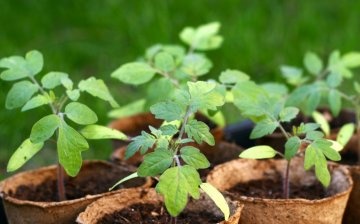
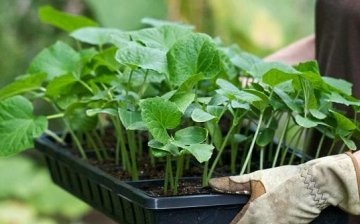
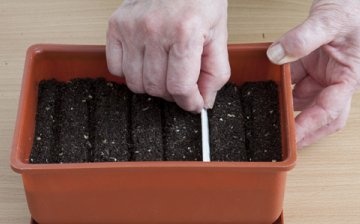
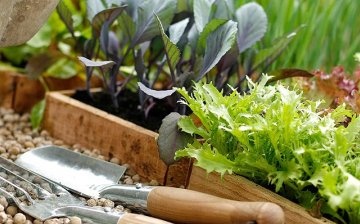
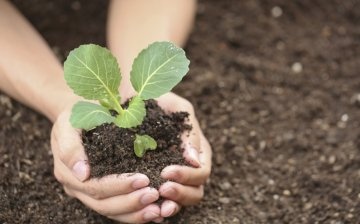





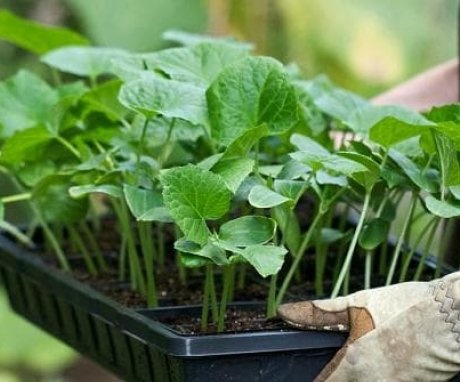

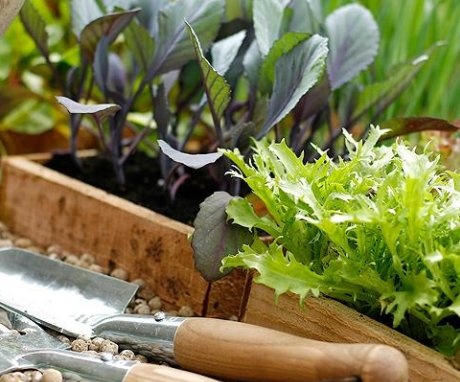
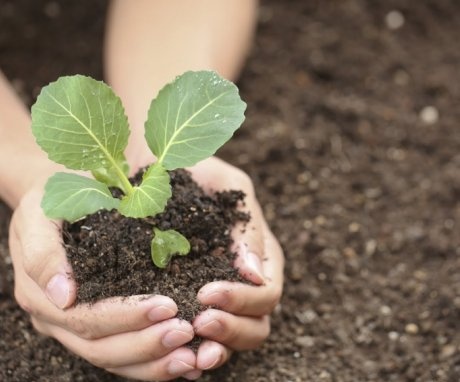
Vegetable seedlings are best grown in cardboard or plastic pots that can be carefully cut and planted along with the soil. An even better result will be when planting seedlings directly from a peat pot, then the plant will develop much faster.